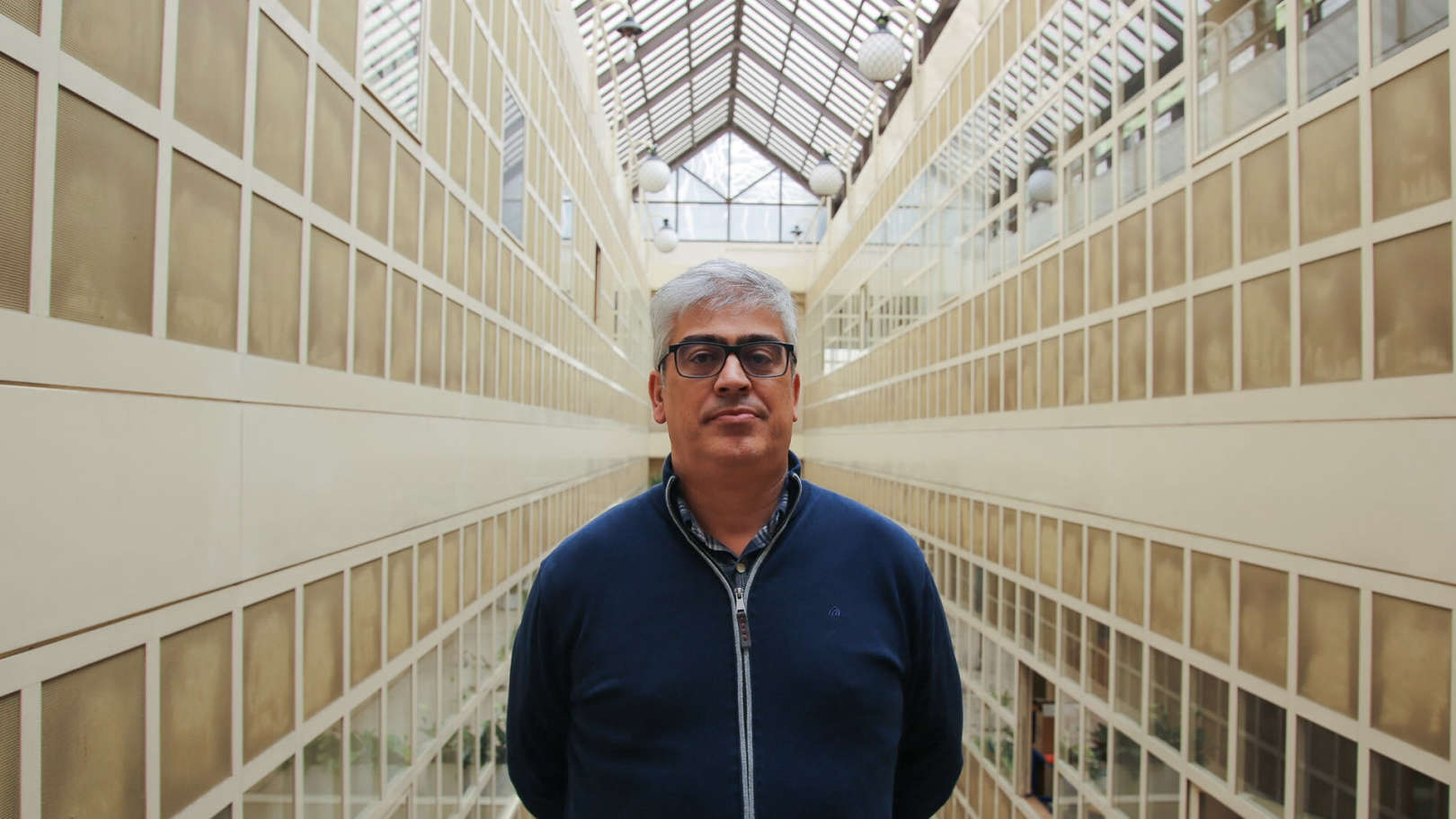About
O. Frazão, Graduated in Physics Engineering (optoelectronics and electronics) from the University of Aveiro, Portugal. He received the Ph. D. degree in Physics from the University of Porto, Portugal in 2009. Portugal. From 1997 to 1998, he was with the Institute of Telecommunications, Aveiro. Presently, he is a Researcher at Optoelectronics and Electronic Systems Unit, INESC Porto. He has published about 200 papers, mainly in international journals and conference proceedings, and his present research interests included optical fiber sensors and optical communications. He is member of the Optical Society of America (OSA) and The International Society for Optical Engineering (SPIE).


